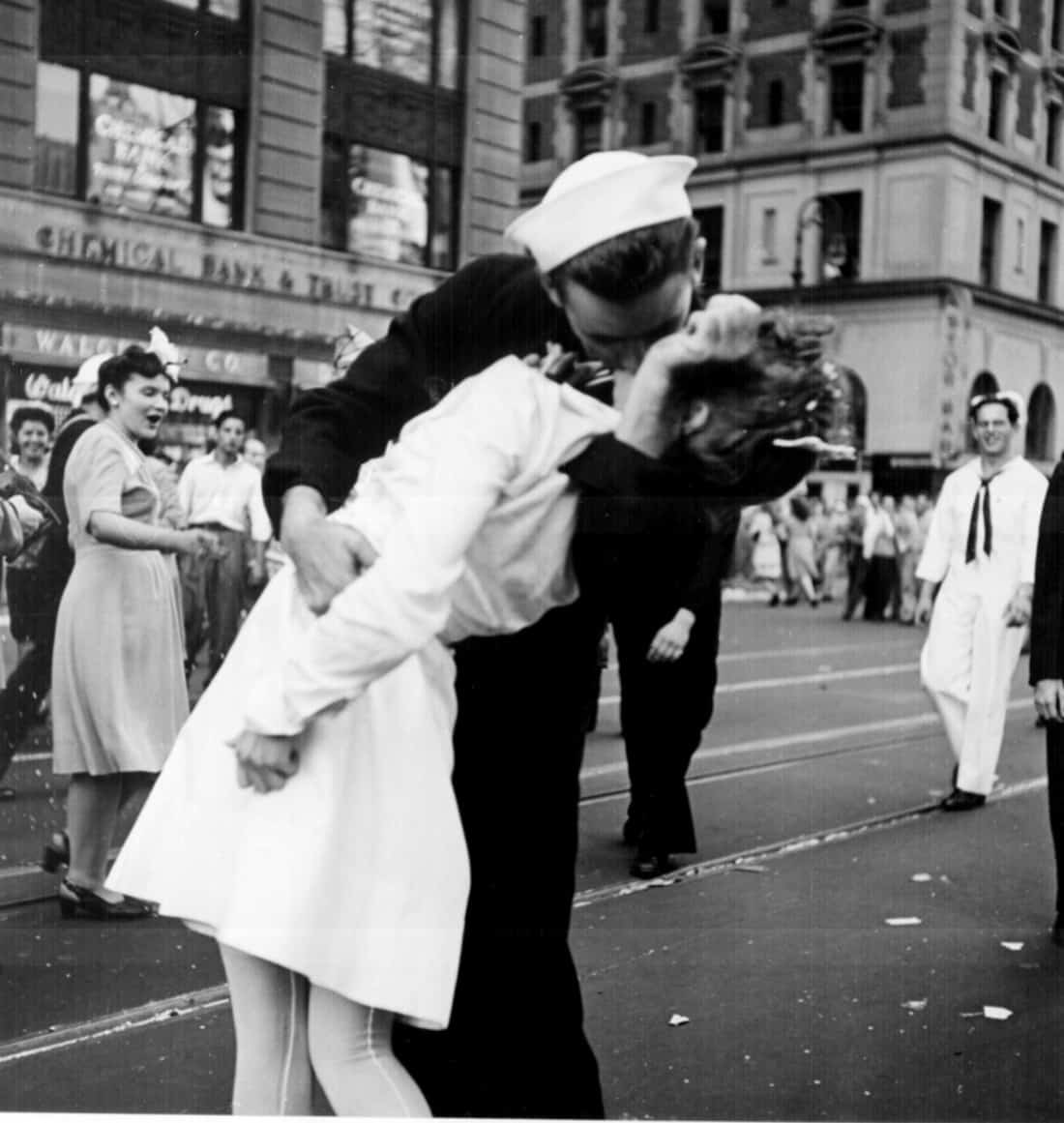Excitement About Framing Streets
Table of ContentsThe Ultimate Guide To Framing StreetsSome Known Details About Framing Streets Framing Streets - TruthsFraming Streets for BeginnersThe Buzz on Framing StreetsWhat Does Framing Streets Mean?
, usually with the objective of capturing pictures at a definitive or touching minute by mindful framing and timing. https://www.edocr.com/v/2rrgxoq2/davidturley33101/framing-streets.
Unknown Facts About Framing Streets
Susan Sontag, 1977 Street photography can focus on individuals and their habits in public. In this regard, the road digital photographer is similar to social documentary photographers or photojournalists who additionally function in public locations, but with the objective of capturing relevant occasions. Any of these digital photographers' photos might record individuals and residential or commercial property visible within or from public locations, which often entails navigating moral problems and legislations of privacy, protection, and home.
Representations of everyday public life form a genre in nearly every duration of world art, beginning in the pre-historic, Sumerian, Egyptian and very early Buddhist art durations. Art managing the life of the street, whether within sights of cityscapes, or as the dominant concept, appears in the West in the canon of the North Renaissance, Baroque, Rococo, of Romanticism, Realism, Impressionism and Post-Impressionism.
Get This Report about Framing Streets
Louis Daguerre: "Blvd du Temple" (1838 or 1839) In 1838 or 1839 the very first photo of figures in the street was taped by Louis-Jacques-Mand Daguerre in one of a pair of daguerreotype views taken from his workshop window of the Blvd du Holy place in Paris. The 2nd, made at the height of the day, reveals an unpopulated stretch of road, while the various other was taken at concerning 8:00 am, and as Beaumont Newhall reports, "The Boulevard, so continuously loaded with a moving bunch of pedestrians and carriages was flawlessly solitary, other than a person who was having his boots combed.
, who was motivated to take on a similar documentation of New York City. As the city established, Atget aided to promote Parisian streets as a worthy subject for photography.

Getting My Framing Streets To Work
Martin is the first videotaped digital photographer to do so in London with a disguised electronic camera. Mass-Observation was a social research organisation established in 1937 which aimed to tape everyday life in Britain and to tape-record the responses of the 'man-in-the-street' to King Edward VIII's abdication in 1936 websites to marry separation Wallis Simpson, and the sequence of George VI. The chief Mass-Observationists were anthropologist Tom Harrisson in Bolton and poet Charles Madge in London, and their first report was produced as the book "May the Twelfth: Mass-Observation Day-Surveys 1937 by over two hundred onlookers" [] Home window cleaner at Kottbusser Tor, Berlin, by Elsa Thiemann c. 1946 The post-war French Humanist College digital photographers found their subjects on the street or in the bistro. Between 1946 and 1957 Le Groupe des XV each year displayed work of this kind. Andre Kertesz. Circus, Budapest, 19 May 1920 Street photography formed the significant content of two exhibits at the Gallery of Modern Art (Mo, MA) in New york city curated by Edward Steichen, 5 French Professional Photographers: Brassai; Cartier-Bresson, Doisneau, Ronis, Izis in 1951 to 1952, and Post-war European Digital Photography in 1953, which exported the concept of street digital photography globally.

The 5-Minute Rule for Framing Streets
The recording equipment was 'a surprise cam', a 35 mm Contax concealed underneath his coat, that was 'strapped to the chest and attached to a lengthy wire strung down the right sleeve'. Nonetheless, his work had little contemporary impact as because of Evans' level of sensitivities concerning the creativity of his job and the privacy of his topics, it was not published until 1966, in guide Numerous Are Called, with an intro composed by James Agee in 1940.
Helen Levitt, then an educator of children, linked with Evans in 193839. She recorded the temporal chalk drawings - 50mm street photography that were part of children's street culture in New York at the time, along with the children that made them. In July 1939, Mo, MA's brand-new digital photography section consisted of Levitt's operate in its inaugural exhibitionRobert Frank's 1958 publication,, was considerable; raw and typically out of focus, Frank's images questioned traditional photography of the time, "challenged all the official regulations put down by Henri Cartier-Bresson and Walker Evans" and "flew in the face of the wholesome pictorialism and sincere photojournalism of American magazines like LIFE and Time".